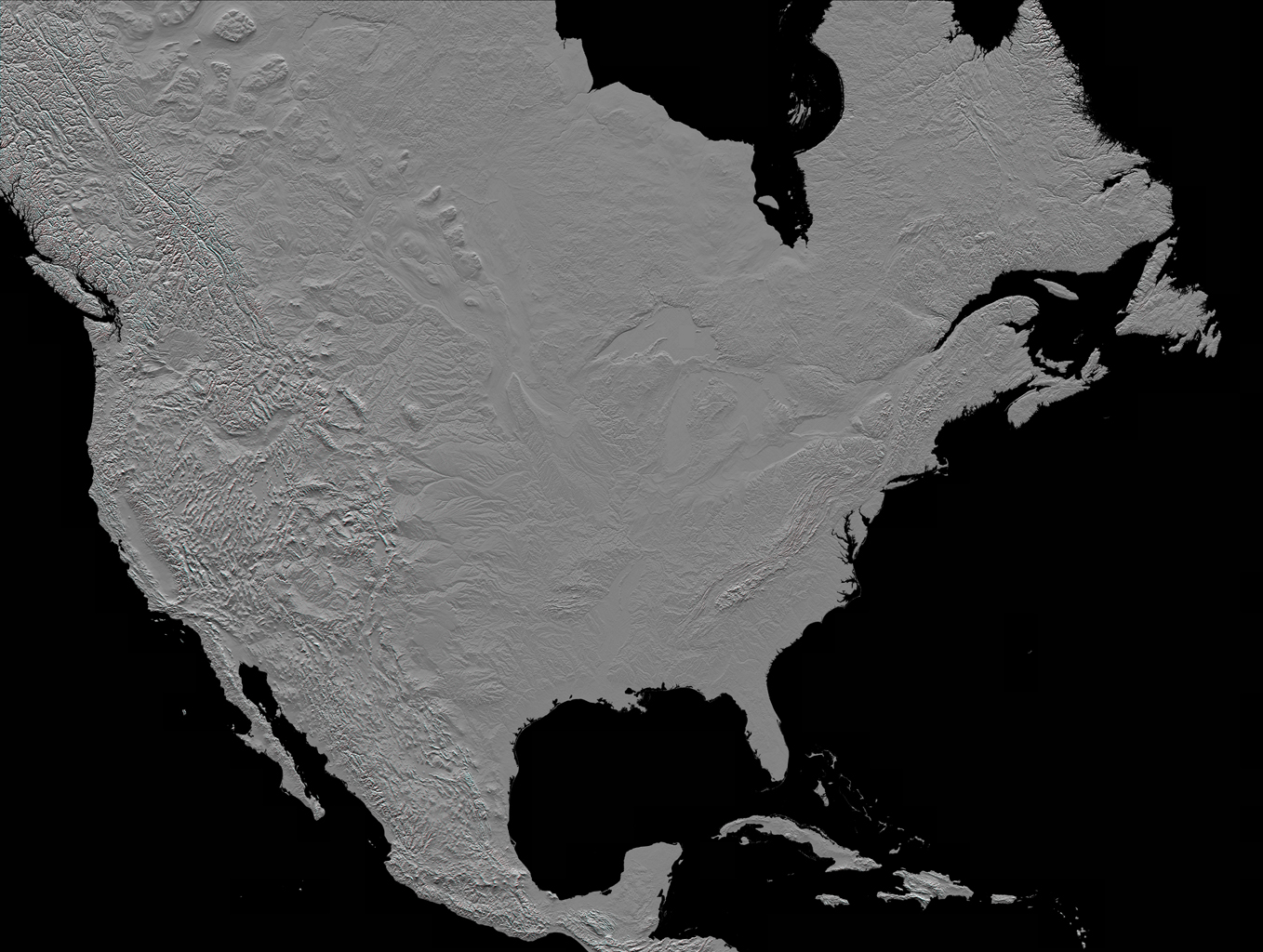Digital Pedagogy
Emory 1836 Project
In Spring 2023, undergraduate students in the junior/senior seminar “HIST-488RW: Reparative History at Emory” developed The Emory 1836 Project . This collaborative project re-centered Emory University’s origins within the historical context of the forced deportation of the Muscogee and Cherokee peoples from Georgia and the national expansion of slavery. Student archival research, place-based study, ethnographic research, and community storytelling for the Emory 1836 Project investigated how the legacies of slavery and dispossession structured institutional culture and practices from the university’s founding through the present-day. This reparative history project recognizes the active presence and contributions of Black and Indigenous peoples throughout Emory University’s history.
Mapping Indigenous Bloomington
During the Winter 2021, students at Indiana University Bloomington developed a digital land acknowledgment as part of their coursework in the intensive “Mapping Indigenous Bloomington” digital history workshop. This student scholarship became the basis for the walking tour and teaching resources in the “Mapping Indigenous Bloomington: A Digital Land Acknowledgment” digital history exhibit.
Public Facing and Participatory Mapping Projects
“You are on P’atwin Land:” Walking Tour of Native American Contemplative Garden in the UC Davis Arboretum.
Experience Akwesasne Interactive Map
As a 2016 Mellon Public Scholar, I was able to develop this interactive map of the rich history, cultural heritage, and local artists at Akwesasne Mohawk Territory thanks to the generous support of the University of California, Davis Humanities Center and their Mellon Public Scholars Program in partnership with the Akwesasne Cultural Center Library & Museum and the Akwesasne Cultural Tourism Working Group. View the full map. (note: this map uses an older version of ArcGIS Story Maps and images may not load in your browser)
“To Improve Their Condition:”A Quaker’s Journey through the Early American Borderlands, 1803
While a digital humanities fellow at the American Philosophical Society in 2018, I found an unpublished journal of a young Philadelphia Quaker’s journey to Seneca territory. I created this interpretive map using archival materials and rare books from the American Philosophical Society’s collections.
In 1803, a young Quaker named George Vaux VII joined a party of missionaries headed to the Seneca Reservations. The Senecas belong to the Six Nations Iroquois Confederacy. After the American Revolution, the United States government forced them to cede most of their territory in present-day New York and Pennsylvania. The Senecas faced a difficult transition to reservation life. Quaker missionaries sought to “improve” the Seneca’s quality of life by teaching them Euro-American agriculture rather than proselytize their own religious doctrine. Vaux was not a missionary, and his 1803 travel narrative offers a secular perspective on the peoples and environments he encountered. His candid observations–rife with his own cultural biases and prejudices–present a unique view of early American borderlands in the midst of rapid social and environmental transformation.
